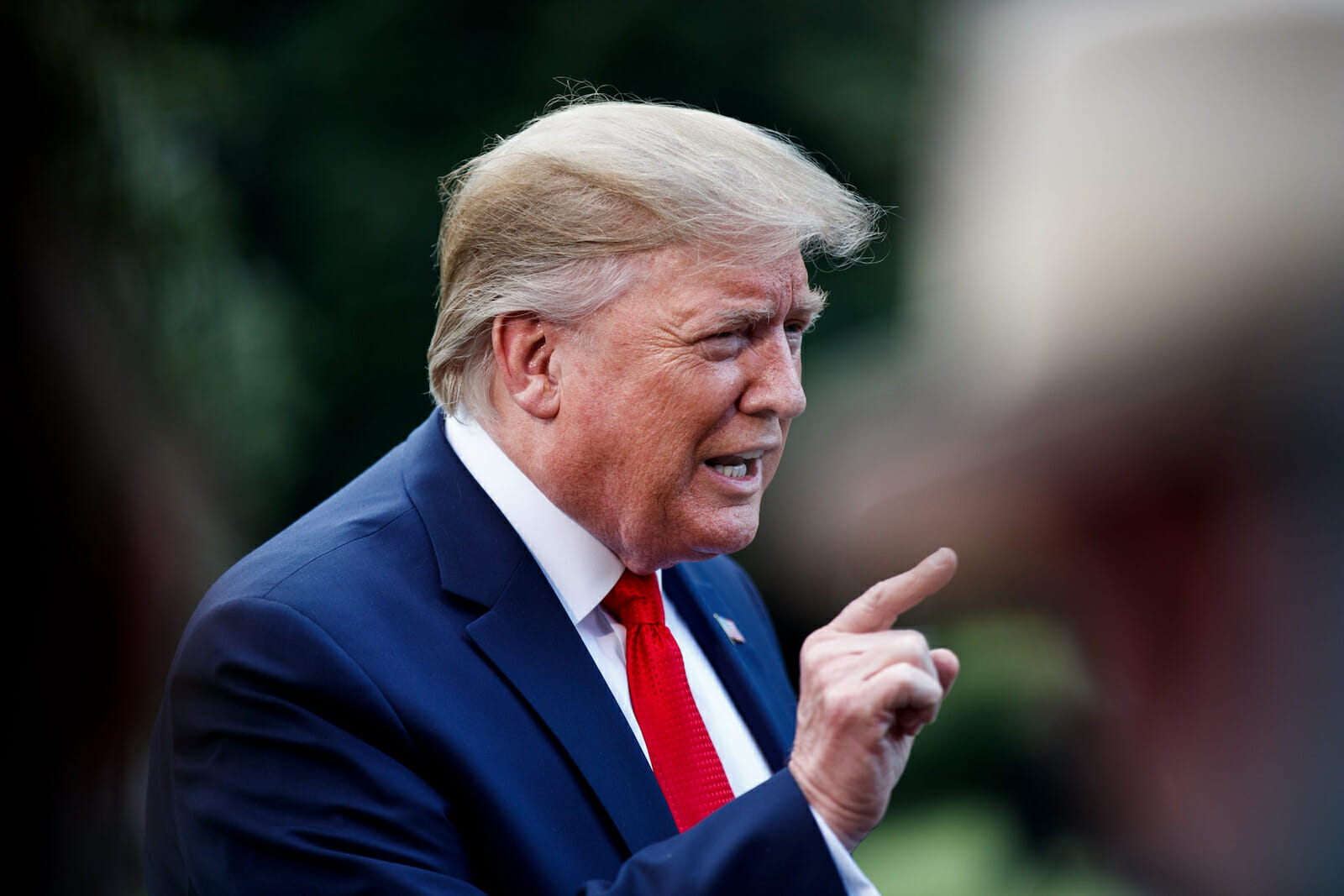
A Truce in the U.S.-China Trade War
“Nobody wants a trade war,” but the long-lasting trade conflict between the world’s two largest economies, the United States and China, just reached a truce after almost two years.
On 22 March 2018, President Donald Trump directed the United States Trade Representative (USTR) to start investigating China’s ‘unfair’ trade practices covered in Section 301 of the Trade Act of 1974.
At that time, optimists believed that a trade war would probably be avoided as it was highly possible for the two countries to reach a deal quickly; while pessimists warned that more friction between the two nations far beyond trade was yet to come, and even a “new Cold War” was brewing. Neither side has been proven totally right.
In the past two years, the U.S. and China held several rounds of “tough” trade negotiations, that were difficult but progressing. In December 2019, a preliminary deal was announced.
On 15 January 2020, the long-expected “Phase one” trade deal between the two nations was eventually signed at the White House in Washington by President Trump and Chinese Vice Premier Liu He.
Negotiation is an art of compromise. Clearly, both sides made certain compromises to reach the deal.
Beijing agreed to increase purchases of U.S. manufacturing, energy, and agricultural goods and services by at least $200 billion over two years and to enhance protection for intellectual property, to root out forced technology transfers and further open its financial market, etc.
To save “face,” Chinese officials emphasized that those compromises made by China were actually in line with Chinese consumers’ growing appetite for U.S. products and the nation’s general direction of deepening reform as well as its inherent needs to promote high-quality economic development. In other words, China did not give in simply because of U.S. pressure. The deal was equal.
On the U.S. side, its compromise seemed to be simpler – reducing both existing and planned tariffs on Chinese products. However, the biggest concession Washington made was to leave those thornier issues to the next phase of negotiations, such as government subsidies and the state influence in China’s domestic industries.
In the deal, both nations also agreed to abide by the International Monetary Fund’s principles on avoiding the manipulation of exchange rates. Just before the signing, the Trump administration revoked its decision to label China a currency manipulator.
Some said that the “Phase one” trade deal was not a real victory for either China or the U.S. However, it is much better than “no deal.” The deal was clearly welcomed by the business community, and most stock markets around the world rallied because of it.
Chinese President Xi Jinping called the deal “good for China, for the U.S. and for the whole world,” while President Trump called it “a momentous step, one that has never been taken before with China, towards a future of fair and reciprocal trade.”
More importantly, the two nations needed to consummate the deal urgently, because 2020 is an important year for both.
For the U.S., the next presidential election will be held this November. Trump wants to win his second term, and the “Phase one” deal has been largely flaunted by him as a win.
For China, this year will mark the achievement of its first Centenary Goal of building a moderately well-off society in an all-round way and eliminating absolute poverty in China. China prefers a peaceful environment both within and outside of the nation.
President Trump will travel to China “at a later date” to begin talks on the second phase of the agreement before the coming presidential election. That is good, as dialogue is always better than confrontation.
During his China trip, Trump will directly talk with his counterpart Xi, and likely address more significant concerns, particularly China’s industrial policy and subsidies of state-owned enterprises.
Symbolically, Trump may even try to urge China to change its so-called “state capitalism” economic model, although the possibility of China’s accepting the request is very low because it is a critical issue related to China’s major national interests and the stability of the communist regime.
Trump will surely use the visit to benefit his presidential campaign. Surprisingly, many Chinese people hope Trump can be re-elected, because they view the “Game Changer” Trump as a “strategic gift” for China in the long run, although he has been causing China many troubles in the short run.
In fact, the logic is rational. After three decades of reform and opening-up, China has been facing the bottleneck of further reform from many vested interest groups. The trade war could be viewed as another chance of breakthroughs from outside, just like China’s accession to the WTO in 2001. This time, Trump’s external pressures will likely push China to really address some tricky and reluctant domestic reforms.
China’s most famous teacher, philosopher, and political theorist, Confucius, said: “It is always a pleasure to greet a friend from afar.” Therefore, we expect that Trump’s second official visit to China will be very well received. The friendship between Trump and Xi will be largely applauded further.
As Deng Xiaoping, the chief architect of modern China, wisely predicted: “the China-U.S. relationship can never be too good or too bad.” Even without the trade war, there will be other conflicts between the two ideologically different nations, such as recent struggles over Huawei, Hong Kong, and Xinjiang issues.
Although a “Phase one” truce has been temporally reached, China views the trade war with the U.S. as a “protracted war.” China is prepared for more challenges ahead, and it is trying to turn the short-term pain into a long-term gain for the “Chinese Dream” of the “great renaissance of the Chinese nation.”
